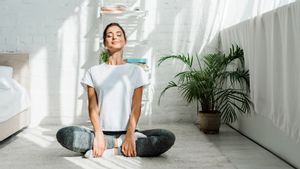If you’re complaining of constant fatigue, back pain and soreness in your neck thanks to a largely sedentary lifestyle, you might just have landed upon a solution! We all know by now that yoga has many benefits for our body but most of us just don’t know where to begin. Besides, finding a good yoga instructor and carving a time slot out of our messy schedules isn’t easy. In comes the saviour we’ve all heard of- The Suryanamaskar steps!
The 12-step sun salute, popularised by the Raja of Aundh as a practice in his kingdom in the 1920s, is today regarded as a complete exercise for the body, best practised early in the morning. The easy-to-follow Suryanamaskar steps are believed to awaken the sun’s energy within our body, which resides in the navel. Start with 3 cycles of the exercise in a day and gradually increase the number of times you perform these 12 steps of Suryanamaskar to build up your routine towards perfection:
Step 1-Pranamasana (Prayer Pose)
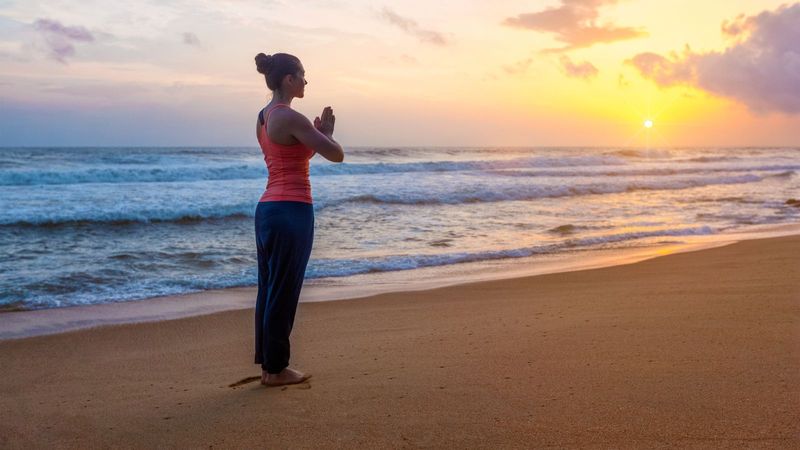
Start at the front of your mat with your feet together. Balancing your weight equally on both feet, bring your palms together in front of your chest in a prayer position and exhale slowly. Remember, correct breathwork plays a key role in all the stages of Suryanamaskar and will enable you to move better through the poses.
Step 2- Hastauttanasana (Raised arms pose)
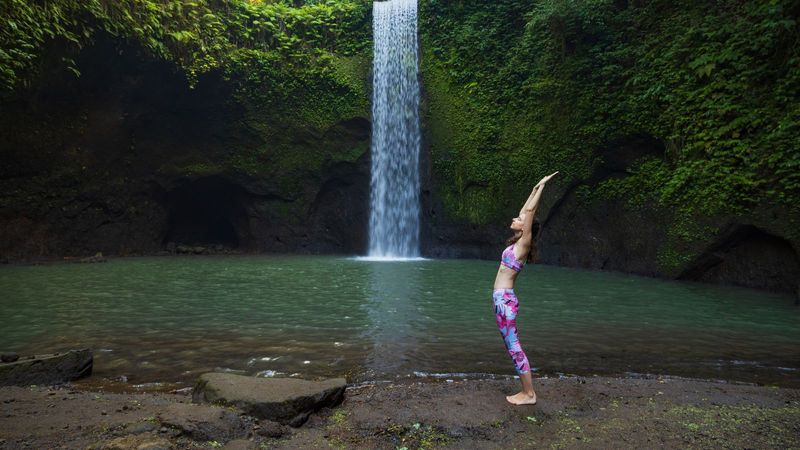
Inhale as you lift your arms overhead. Now gently arch your back and stretch your whole body upward, without lifting your heels off the mat. If back arching is difficult in this Suryanamaskar step, keep your back straight and just lift your arms, slightly bending your shoulders back as per your comfort.
Step 3- Hastapadasana (Standing forward bend)

This surya pranam step is where you might remember your PE lessons from school- Gently exhale while bending forward from the hips and try to touch your toes with your fingertips. Ideally, your nose should be close to your knees and your spine should be straight. Do not give up if you cannot reach the floor- try bending your knees slightly. Over time, your hips and waist will get better at supporting your movements, until you will no longer have to resort to bending your knees.
Step 4- Ashwa Sanchalanasana (Equestrian pose)

The fourth of the 12 Suryanamaskar steps is simple if you can comfortably fall into a backward lunge. You need to inhale and step your right leg back as far as possible, lowering the knee to the floor. Keep your left foot between your hands and look forward. If you’re not used to this knee movement, keep a pillow under your knee for support.
Step 5- Dandasana (Stick pose)
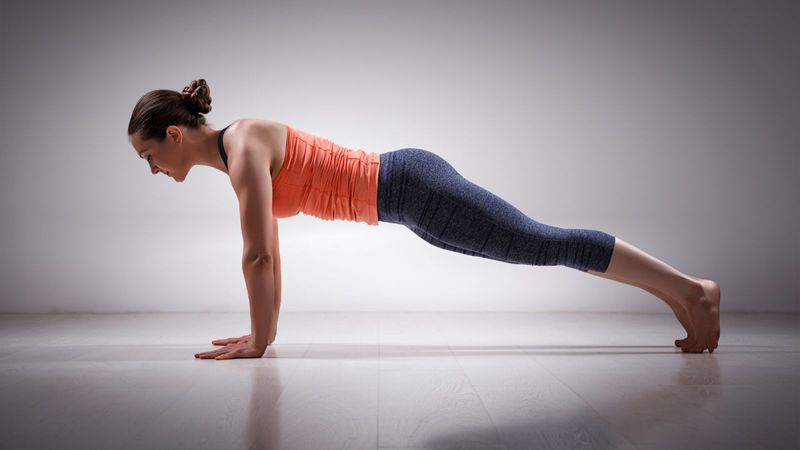
At this point, your left knee is in front of your chest. For the fifth Suryanamaskar step, exhale as you bring your left foot back, bringing your body into a straight line (plank position). Keep your arms perpendicular to the floor, stacking your shoulders, elbows and wrists one below the other. While ideally, your body should be aligned from your head to your toes, you can drop your knees down if holding a full plank is challenging, to begin with.
Step 6- Ashtanga Namaskara (Salute with eight parts or points)
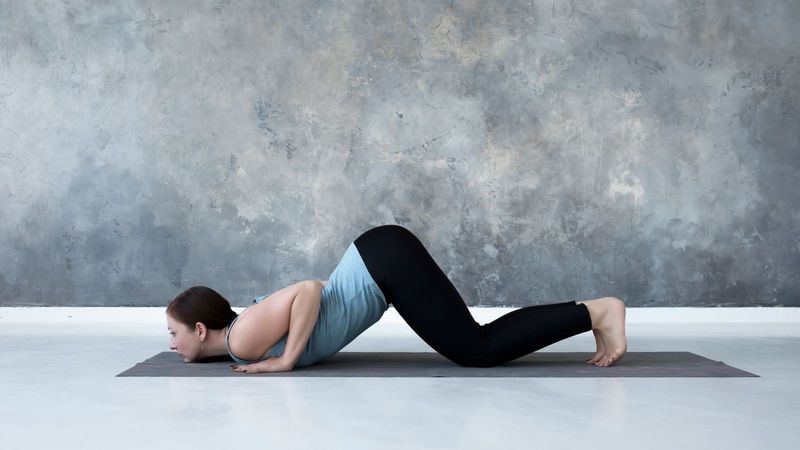
Hold on to your breath (literally, after your last exhale) for this is an interesting Suryanamaskar pose. This step requires you to lie facing the floor, but not exactly! With your knees, chest and chin touching the floor, and hips slightly lifted, you should have eight touch points with the floor- two feet, two knees, two arms, your chest and your chin.
Step 7- Bhujangasana (Cobra pose)
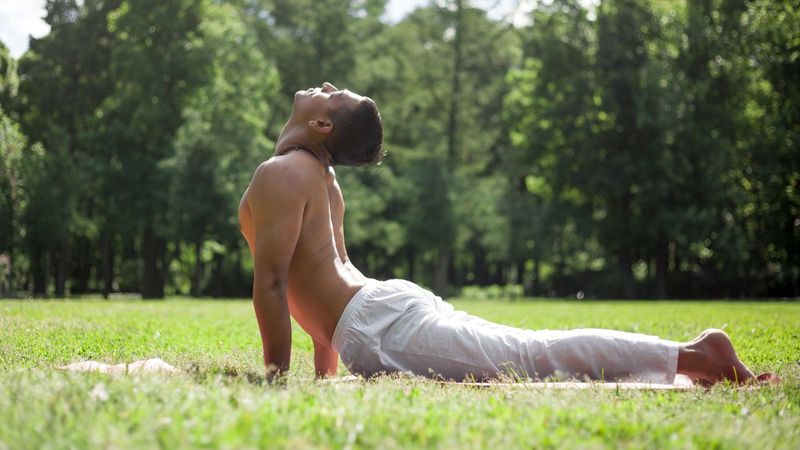
Inhale and slide forward to lift your chest into a gentle backbend. Keep your elbows bent and close to your sides. Lift your head and shoulders, looking up as you hold the seventh Suryanamaskar step.
Step 8- Adho Mukha Svanasana (Downward facing dog pose)

Exhale and lift your hips to form an inverted V-shape. Straighten your legs and arms, pressing your heels toward the floor. Beyond this point, the rest of the steps involve a repetition of the first four Suryanamaskar poses, but continue paying attention to your breath.
Step 9- Ashwa Sanchalanasana (Equestrian pose)

Bring yourself back into the Equestrian surya pranam step as you inhale and step your right foot forward between your hands, lowering the left knee to the floor. Look forward. This time, it’s your right knee that’s close to your chest.
Step 10- Hastapadasana (Standing forward bend)

Exhale and bring your left foot forward to meet your right foot. Bend forward, touching your toes or placing your hands on the floor beside your feet.
Step 11- Hastauttanasana (Raised arms pose)

You’ve almost completed one cycle of the 12-step sun salutation- The 11th step is to inhale and rise back up, lifting your arms overhead. Arch your back slightly and stretch your whole body upward. You should feel a deep stretch in your back and shoulders at this point.
Step 12- Pranamasana (Prayer Pose)
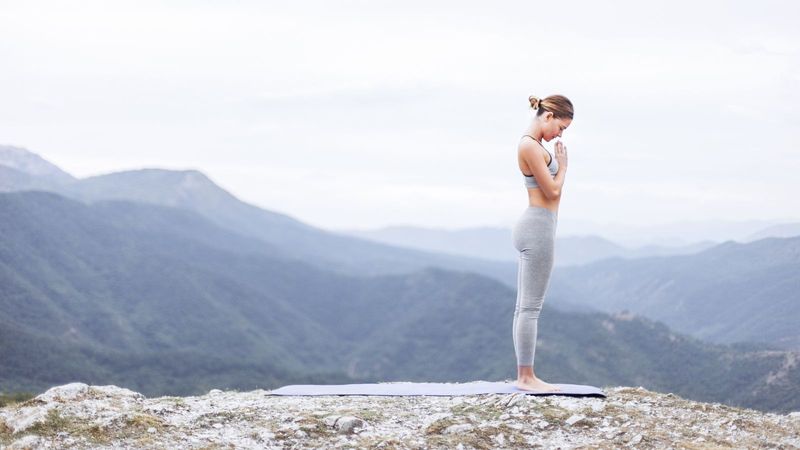
Exhale on the final Suryanamaskar step as you return to the prayer position in front of your chest, standing straight.
Bravo! You just completed one iteration of the 12-step Suryanamaskar and took charge of your own cardiovascular and digestive health. While some stretches among the 12 stages of Suryanamaskar may seem tough to ace, be calm! With beginner-friendly tweaks and attention to your breath, you’ll surely learn to practice and master the Suryanamaskar step by step.
Disclaimer: Before starting with Suryanamaskars, consult your family physician or fitness practitioner. Individual body responses to performing Suryanamaskars can vary, and what may be beneficial for one person could potentially cause adverse effects in another. The information above comprises general benefits and practices associated with Suryanamaskar and may not apply universally to every body type. Always prioritise personalised medical advice to ensure your specific health needs.


_1719332549915_thumb_1200.jpeg?w=3840&q=75)
